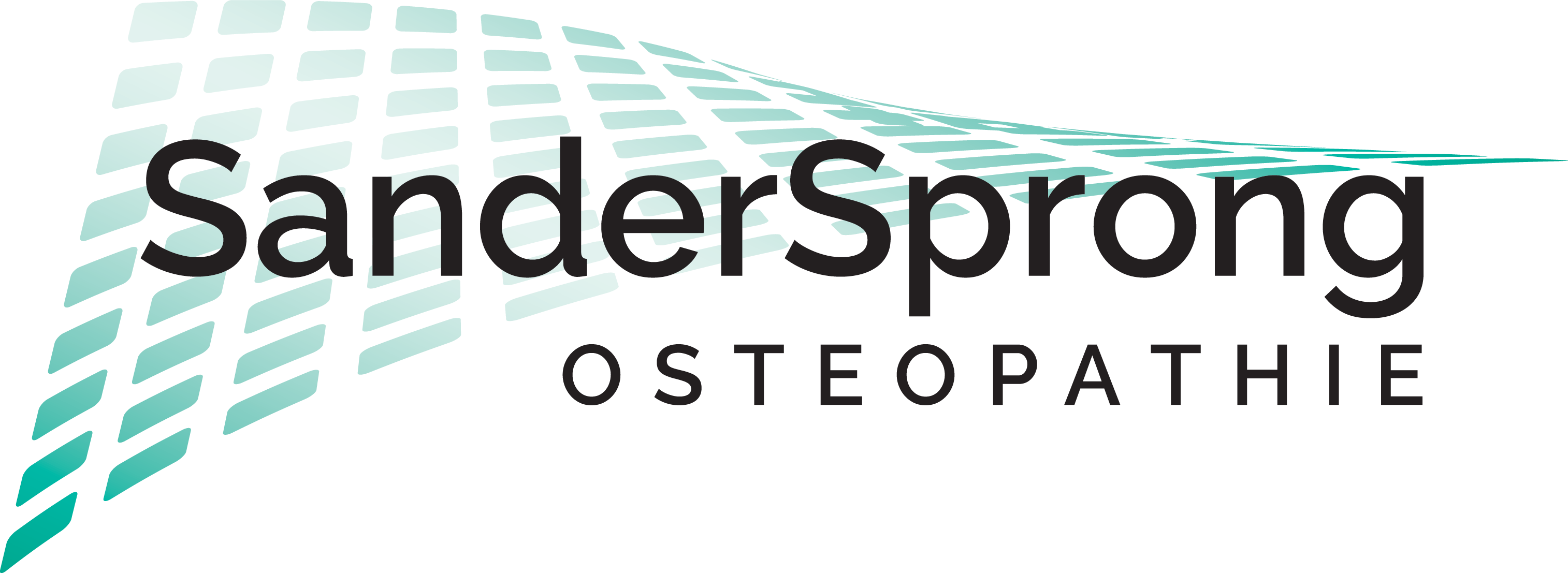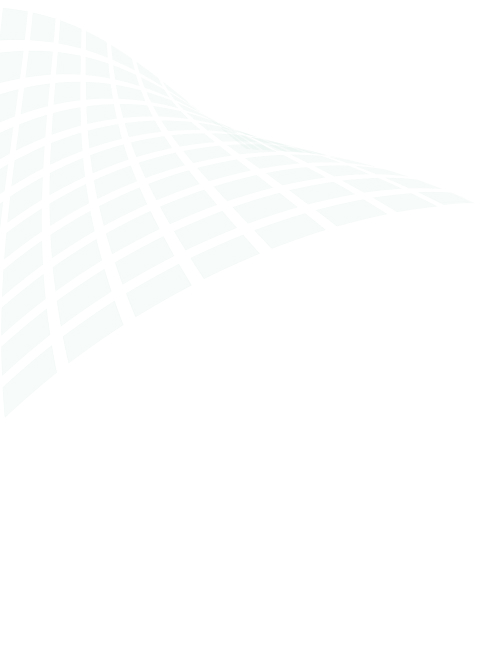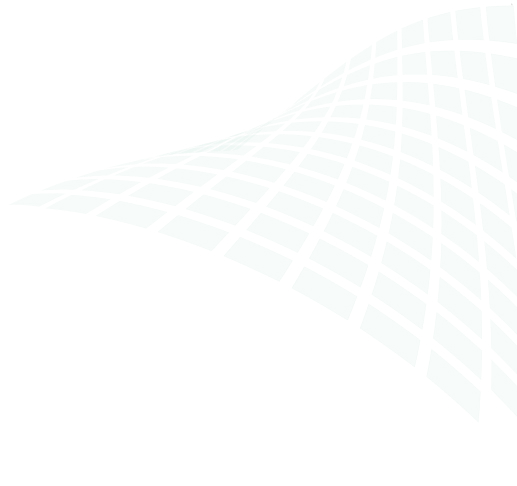Preliminary training
To begin the study of osteopathy, basic medical knowledge is required. Therefore, most osteopaths have a (para)medical background. Originally, an osteopath is often a physical therapist, occupational therapist, Mensendieck or Caesar therapist. There are also osteopaths who have (basic) medical training behind them. The College Sutherland program in Amsterdam also provides a propaedeutic year of “basic medical knowledge” that allows people without prior (para)medical training to gain sufficient knowledge before beginning the study of osteopathy.
Studying osteopathy
Osteopath training takes 6 years when taken part-time. Education is provided in 7 times 4 days per year. The student is sweet from Thursday to Sunday with theory and practical subjects. Theory covers the embryology, anatomy, physiology, neurology and pathology of the human body. practical courses cover the research and treatment techniques of the three different systems:
- The parietal system. This is the musculoskeletal system, meaning spine and joints of arms and legs.
- The visceral system. This involves the internal organs of abdominal cavity and thoracic cavity.
- The craniosacral system. These are the structures surrounding the central nervous system: the cranial bones and meninges.
In addition to theory and practical subjects, there is also a focus on the relationship between therapist and patient.
The time between class weekends is used for self-study of theory and practice of practical subjects in practice groups formed by the students.
Independently of training, there is the opportunity to participate in cutting room practicals; For three days, a specimen is provided to study in depth three-dimensional anatomy through dissection. These practicals take place at the Faculty of Anatomy at the University of Heidelberg, Germany. As a student, one is under the guidance of experienced osteopaths and anatomists.
Internship
After the first 5 years of theory and practical subjects, a year of internship follows where one examines and treats patients themselves under the supervision of experienced osteopaths. An essential part of the training, because it is here where theory and practice finally converge and one truly learns to reason, examine and treat like an osteopath.
Exams
After passing all exams for theory and practical subjects, exams are administered by a body independent of the training, the Dutch Academic College for Osteopathy (NACO). This is a so-called casuistry exam in which the exam candidate must present and defend an examination and treatment of a patient treated in the internship. Furthermore, the student must write a thesis to be defended in front of a jury of the NACO as a completion of the osteopathic training program. Only then when this defense is successfully completed may one use the title “Osteopath D.O.,” where D.O.stands for “diploma in osteopathy.
Quality requirements
The quality requirements of the training are defined by the umbrella organization of osteopaths in a so-called professional competence profile (BCP). This BCP also defines the professional code according to which one should work as an osteopath.
Furthermore, there are two registering bodies within osteopathy in the Netherlands: the Dutch Osteopathy Federation (NOF) and Foundation the Dutch Register for Osteopathy (NRO). To become a member of these registering bodies, one must have completed training that meets the requirements set forth in the BCP. In addition, visitations take place to verify that the treatment area does meet the requirements set by the registry. Furthermore, in order to maintain registration, one must attend sufficient continuing education and adhere to the further professional code as set forth in the BCP. When an irregularity has been established, that is, a violation of the professional code set forth in the BCP, there is a disciplinary board whose ultimate option is to remove the osteopath in question from the register.
A health insurance company will only reimburse an osteopath for treatment if the osteopath is a member of one of the two registries.
Post-ost
There are several courses that one can take as a certified osteopath to further deepen skill and knowledge or to develop a specialization. These include training in osteopathy for pregnancy, babies and children, training in osteopathy in sports and numerous other shorter or longer courses.
In fact, as an osteopath, you never stop learning!
Note: The course as described here refers to study at College Sutherland in Amsterdam. Besides College Sutherland, Dutch nationals can also study osteopathy at the International Academy of Osteopathy (part-time training in Zeist, fultime training in Ghent, Belgium) and the Flanders International College of Osteopathy in Antwerp. All courses have their own structure and philosophy.


